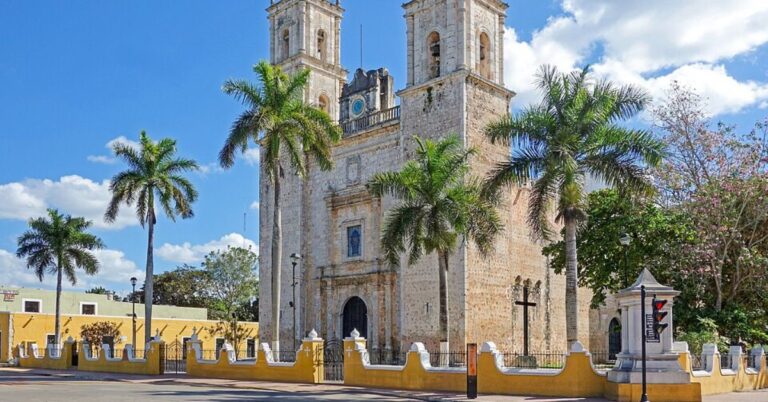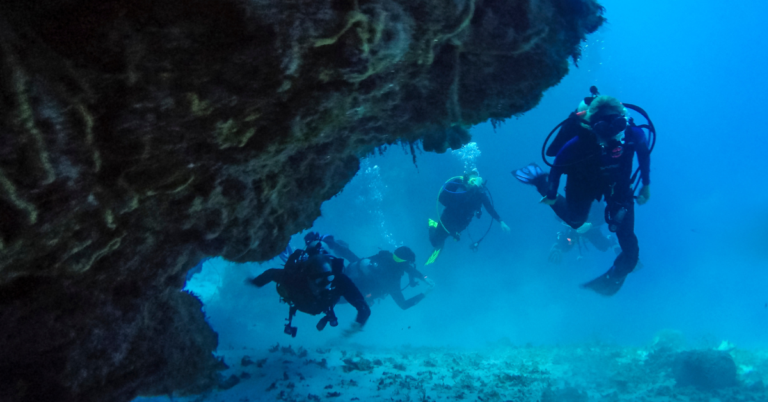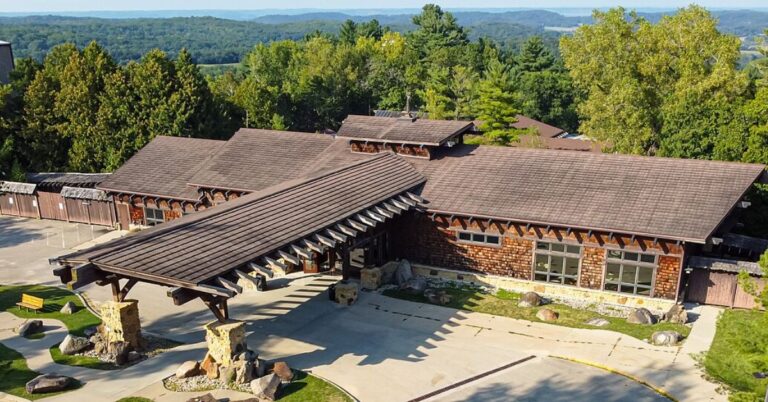15 Stunning Mayan Ruins That Tourists Often Miss
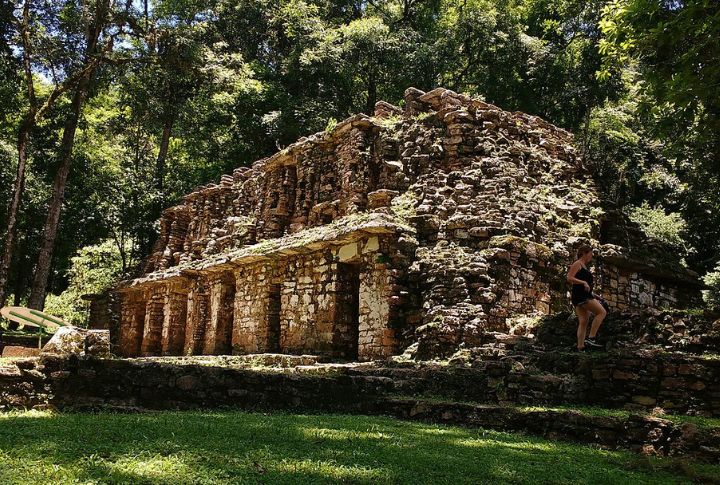
Some Mayan ruins (like the Chichen-Itza and Tulum) are on everyone’s travel list, but there are plenty more that don’t get the same spotlight. These quieter, less-visited sites offer a different kind of adventure. If you’re ready to go beyond the crowds and experience the Maya world up close, these sites await you.
Yaxchilan, Mexico
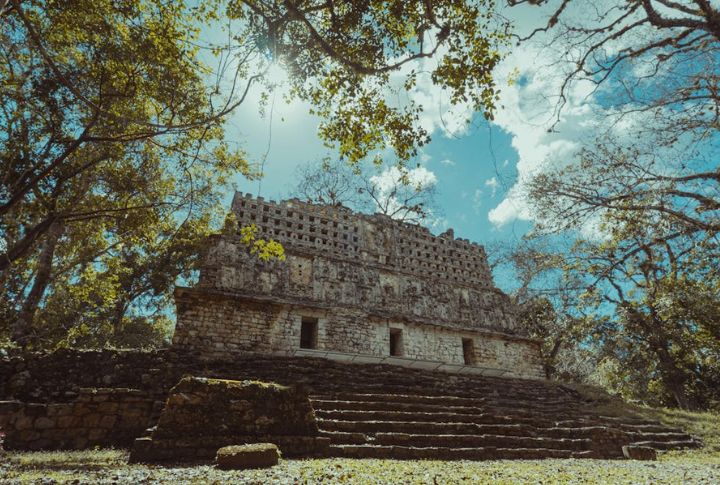
Deep in the jungle along the Usumacinta River, Yaxchilan feels like a lost world waiting to be rediscovered. Its elaborate stone lintels and massive temples feature detailed carvings of rulers and rituals, all wrapped in the soundtrack of howler monkeys echoing through thick greenery.
El Pilar, Belize–Guatemala Border
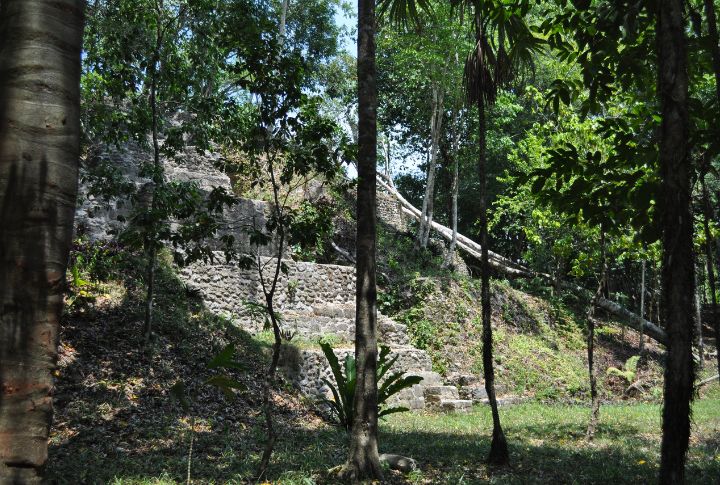
Few tourists make it to El Pilar, which straddles the border and spreads across more than 100 acres. The site is still mostly unexcavated for visitors to see structures that are partially swallowed by forests. Researchers study it as a living laboratory for ancient agriculture and sustainable planning.
Cahal Pech, Belize
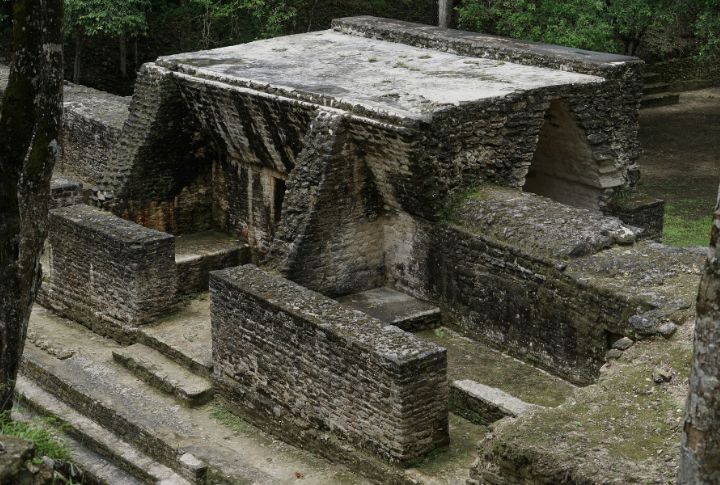
High above San Ignacio, Cahal Pech reveals its ancient purpose as one of the Maya’s earliest ceremonial sites, a place that marks the dawn of their powerful civilization. It lets you have an intimate look at elite residential life and features over 30 structures, including a royal acropolis you can climb without crowds.
Aguateca, Guatemala
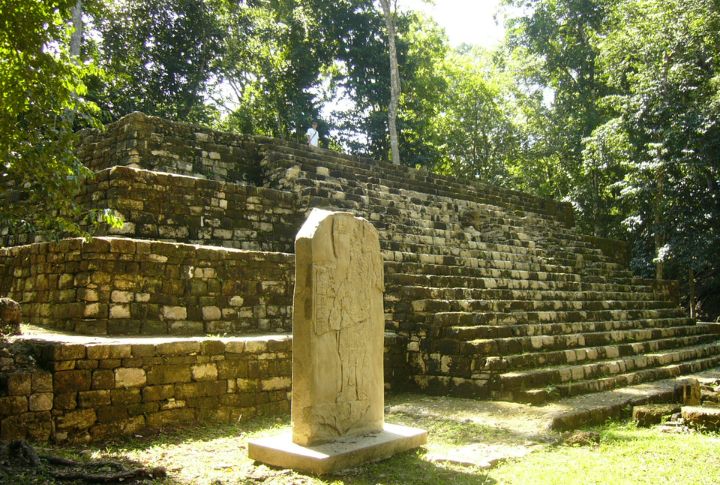
This dramatic cliffside ruin was abandoned suddenly, leaving behind pottery and tools in place, like a Maya’s own Pompeii. Surrounded by natural defenses, it provides rare archaeological insights into political collapse and warfare, all while being surrounded by panoramic jungle views.
Uxbenka, Belize
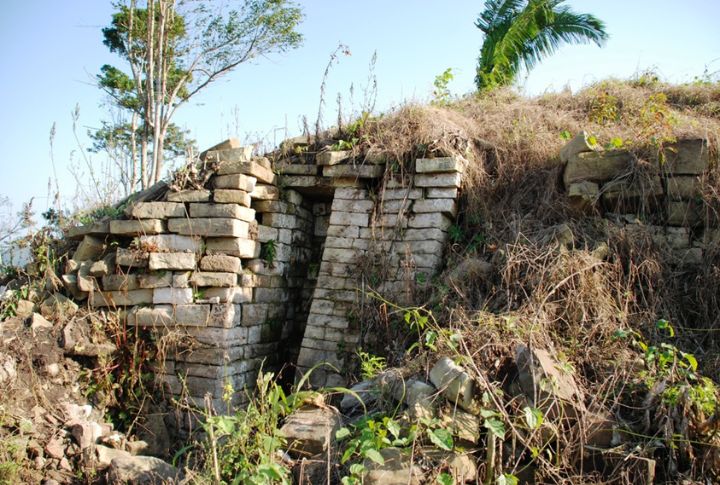
Uxbenka lies in southern Belize and dates back to 600 BCE, which makes it one of the oldest known Maya sites in the region. Hidden among the hills, it features weathered stelae and temples barely touched by tourism. It’s a quiet space where the past continues to linger.
Nakum, Guatemala
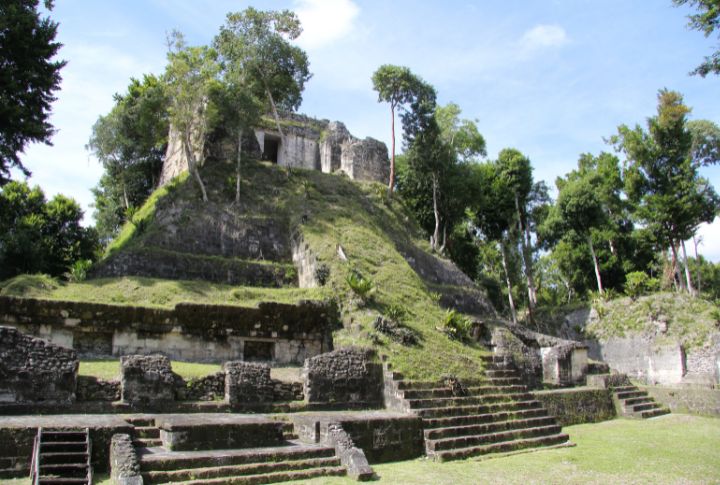
Surrounded by dense forest, Nakum is one of the few Maya cities with fully restored pyramids you can still climb. The site once thrived as a trade and religious hub, and today, its moss-covered temples rise silently beside trails, only occasionally broken by the sound of toucans.
San Gervasio, Cozumel, Mexico
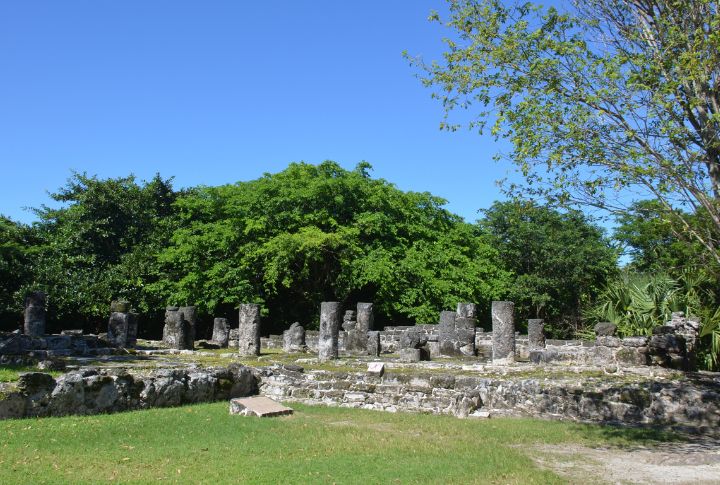
Unlike the towering mainland sites, San Gervasio was a sacred place for Maya women, who journeyed here to honor the fertility goddess Ixchel. Located on Cozumel, it has a peaceful open-air layout and a spiritual energy that still lingers through its courtyards and ceremonial platforms.
La Blanca, Guatemala
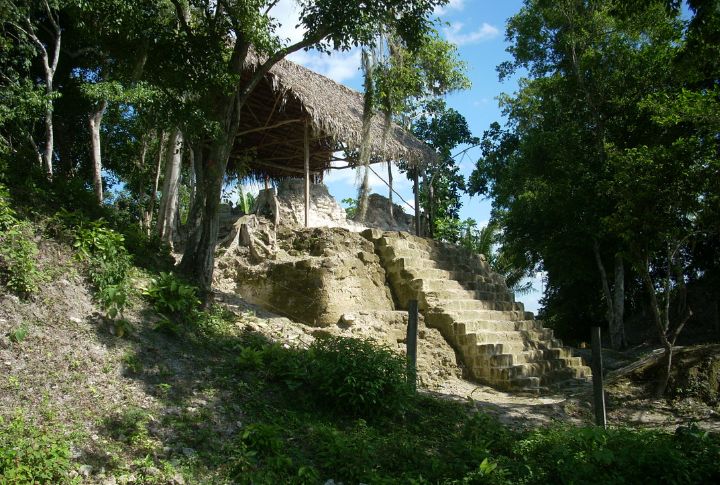
La Blanca may not be famous, but its massive stucco frieze makes it unforgettable. Preserved beneath a shelter, the artwork spans nearly 20 feet and tells a complex royal story in delicate detail. Very few places have such a personal connection to ancient Maya artistry and power.
Iximche, Guatemala
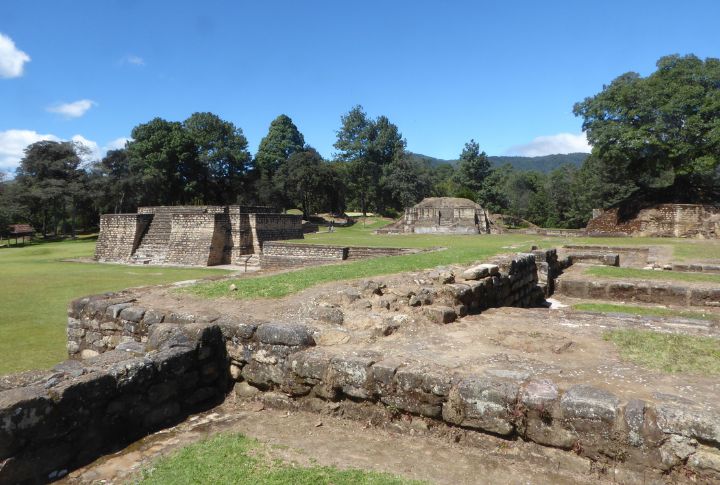
Once the capital of the Kaqchikel Maya, Iximche blends stone ruins with grassy plazas still used in modern rituals. Spanish conquistadors set up camp here in the 1500s, but they couldn’t erase the city’s significance. Today, it stands as a quiet witness to cultural survival.
Yaxha, Guatemala
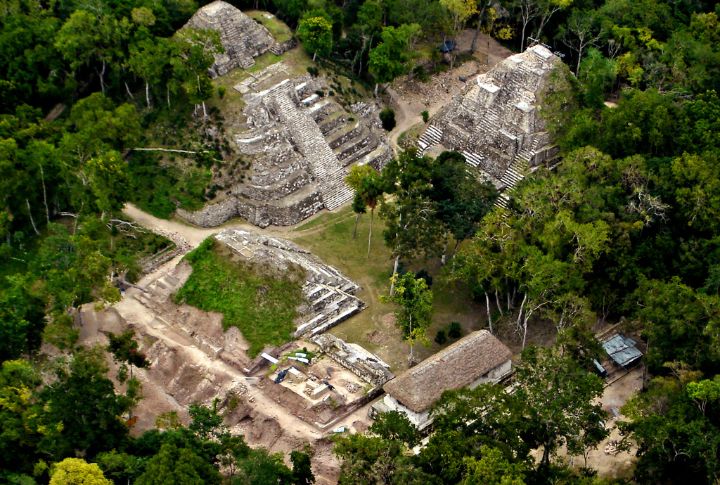
Between two lakes, Yaxha stuns with sweeping views and haunting stillness. Once home to over 10,000 people, this ancient Maya city now sees less and less visitors than nearby Tikal, which is their loss because sunsets from the Temple of the Red Hands turn the jungle gold.
El Ceibal, Guatemala
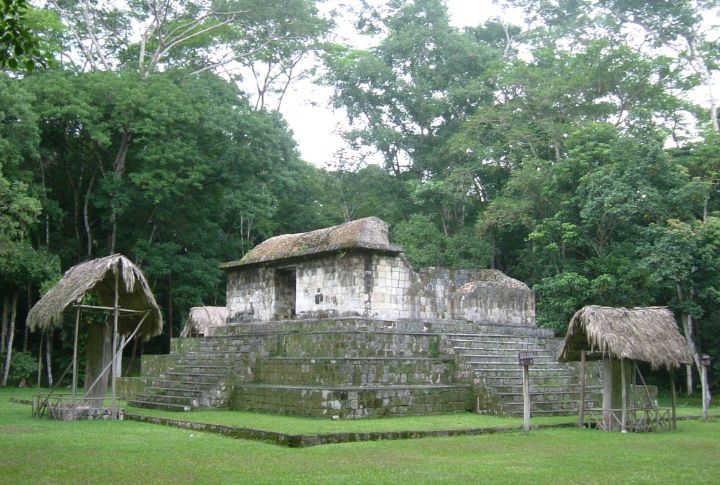
El Ceibal isn’t buried in the jungle; it rises beside the river, where its stelae showcase some of the most intricate carvings in the Mayan world. Astronomical symbols tell a layered story that archaeologists are still decoding. Few sites reward slow wandering and curiosity like this one.
Chinkultic, Mexico
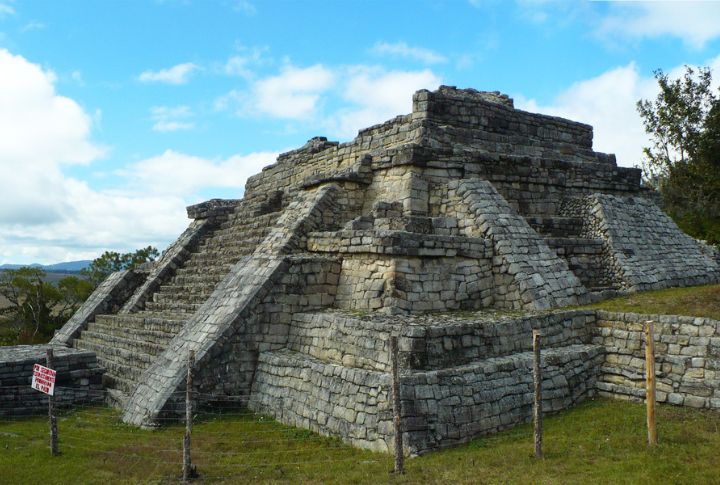
High on a hilltop in Chiapas, Chinkultic offers pyramid views that stretch over sparkling cenotes. Its setting feels more pastoral than wild, giving you quiet time to imagine ancient ceremonies. Ball courts and panoramic serenity make it a rare blend of ruins and peaceful reflection.
Tonina, Mexico
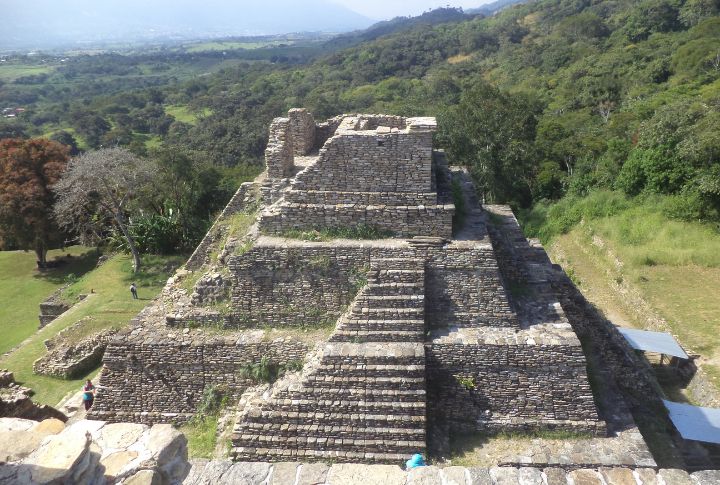
Tonina climbs so high that it rivals any Maya pyramid for its sheer vertical drama. Its acropolis rises in tiers stacked with courtyards and shrines. Located in Chiapas, it is often empty of tourists but rich in mystery. Few realize that it once held prisoners from Palenque’s royal court.
Calakmul, Mexico
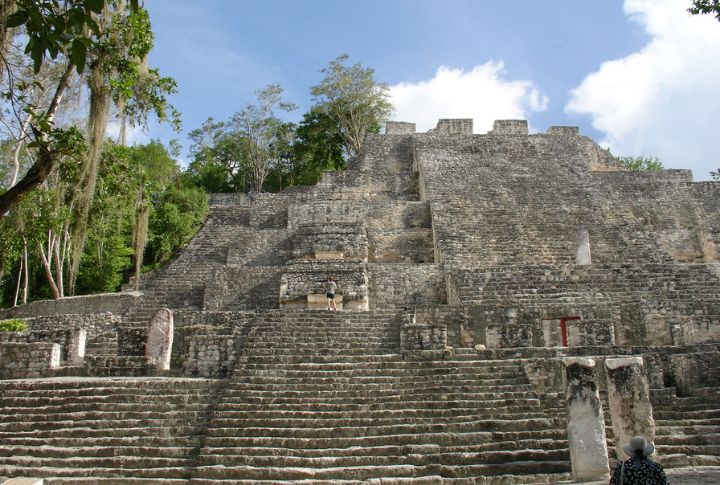
Hidden in the Calakmul Biosphere Reserve of Campeche, near the Peten border, Calakmul remains one of the largest and most influential Maya cities ever uncovered. Towering pyramids rise from thick jungle, and the carved stelae reveal stories of rivalries and shifting power.
Hormiguero, Mexico
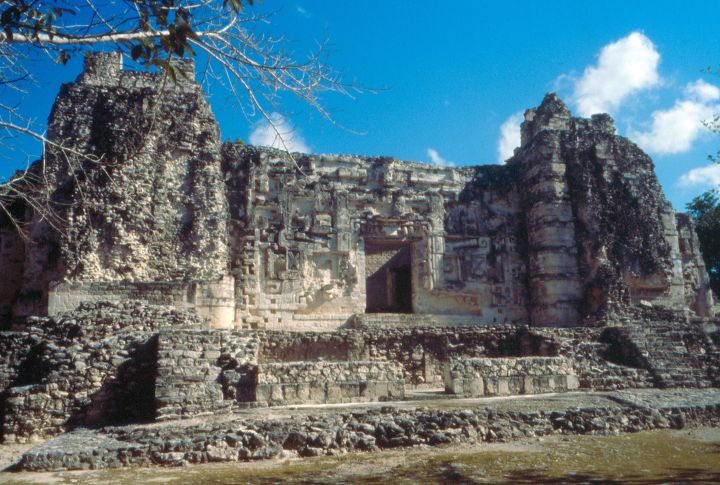
Set in Campeche’s jungle, its entrance temples explode with intricate facade masks and towering doorways meant to mimic a monster’s open mouth. Few visitors reach it, but those who do walk straight into the symbolic jaws of a forgotten kingdom.


